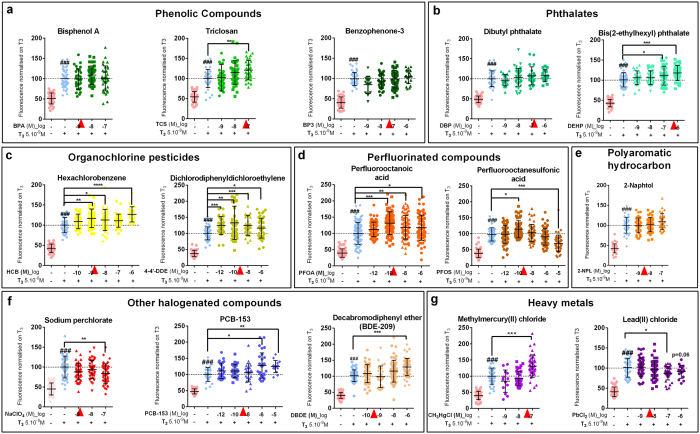Figure 1. Thyroid disrupting activity of individual chemicals assessed with XETA.
Screening of thyroid disrupting activity of molecules measured in humans with the Xenopus Embryonic Thyroid Assay (XETA), based on the quantification of fluorescence-using the transgenic TH/bZip-eGFP e.g. [(Tg(thibz:eGFP)] line. Fifteen compounds were tested at different concentrations in presence of T3 5 × 10−9 M for 72 h. Scattered plots are shown with mean +/− SD of three to five independent experiments pooled (normalised on T3 to 100%). The GFP fluorescence in whole tadpoles (mainly heads) was measured and quantified after 72 h exposure. (a) Phenolic compounds: BPA, Triclosan and Benzophenone-3. (b) Phthalates: DBP and DEHP. (c) Organochlorine pesticides: HCB and 4′4-DDE. (d) Perfluorinated compounds: PFOA and PFOS. (e) Polyaromatic hydrocarbon: 2-Naphtol. (f) Halogenated compounds: Sodium perchlorate, PCB-153 and BDE-209. (g) Metals: Methylmercury and Lead chloride. Red arrowheads indicate concentrations of chemicals used in mix 1x (Table S1). Statistics were done with non-parametric Kruskal-Wallis test (*p < 0.05, **p < 0.01, ***p < 0.001, ****p < 0.0001). Hashes (###) represent p < 0.001, T3 vs Control using column to column comparison (non parametric Mann Whitney).

